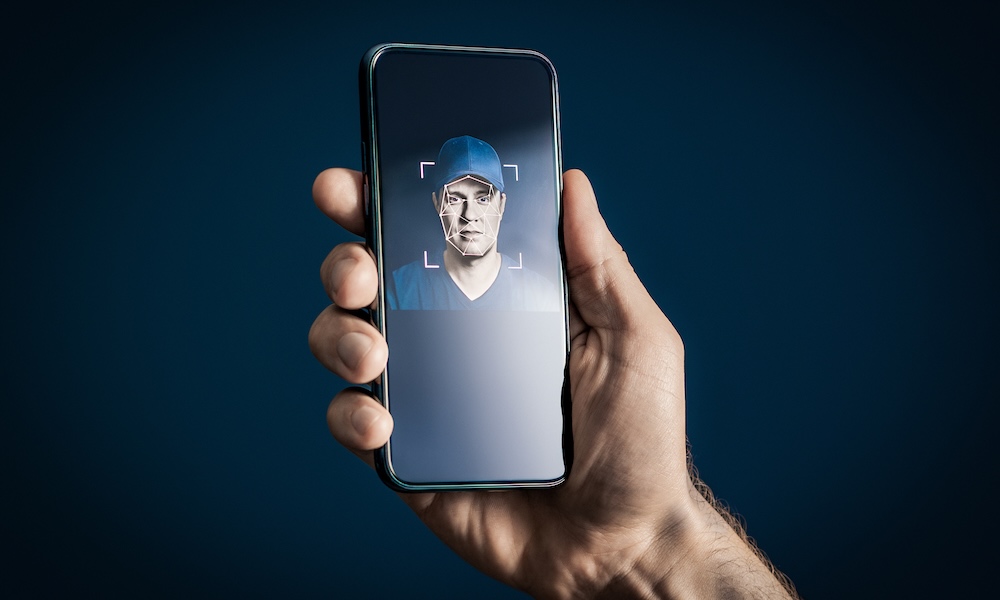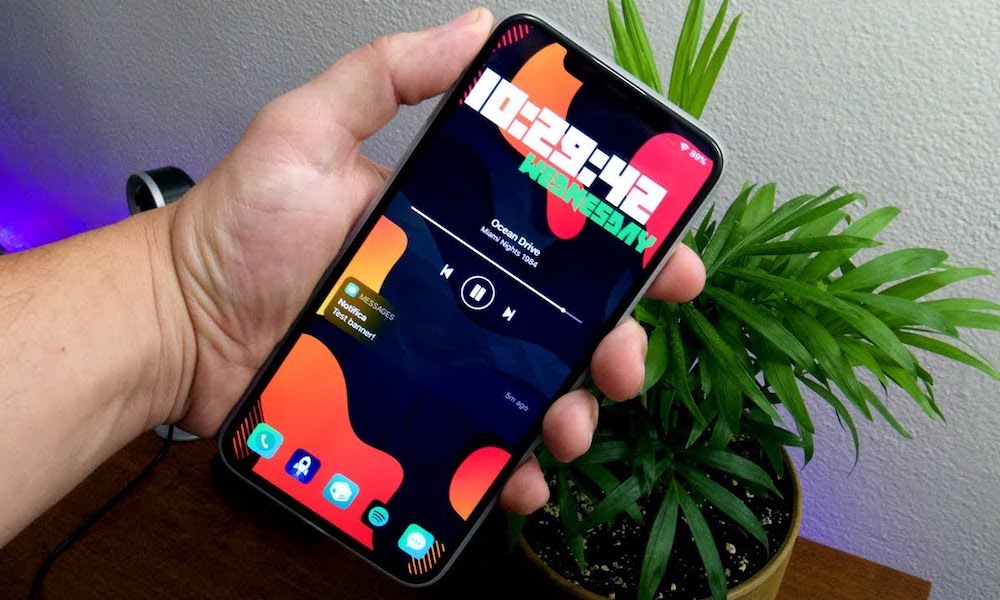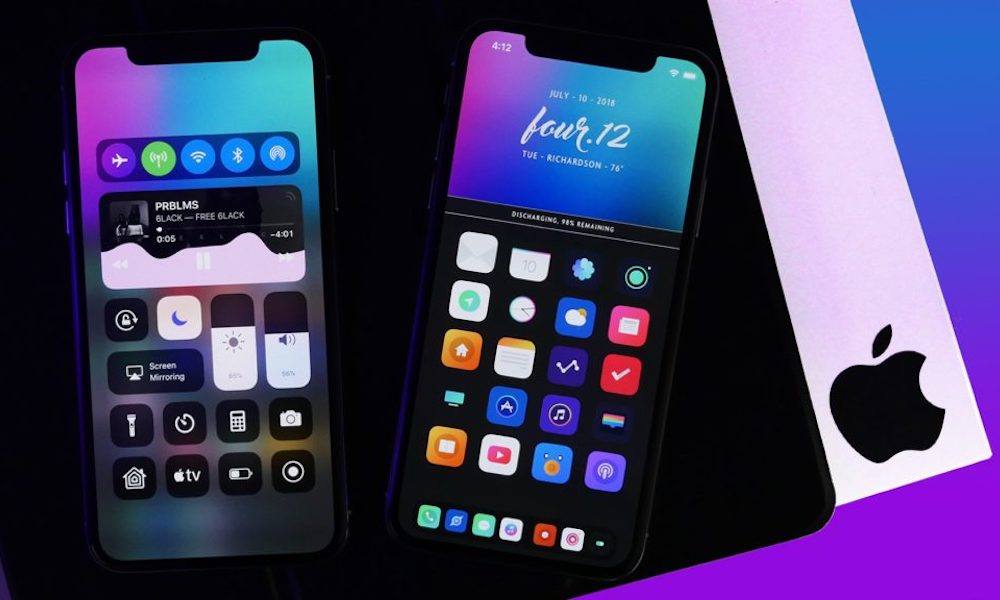AI Supercharges Identity Fraud: Can Your iPhone Keep Up?
 terovesalainen / Adobe Stock
terovesalainen / Adobe Stock
Toggle Dark Mode
A leading provider of science-based biometric identity verification solutions has uncovered a new AI tool that takes digital identity fraud to the next level. The firm, iProov, reports that the tool, which it suspects has Chinese origins, uses a form of digital injection attack that can insert malicious imagery directly into an iPhone’s video data stream, overriding what’s seen by the camera.
The sophisticated software makes this type of identity fraud scalable rather than relegated to one-off incidents. According to iProov, these two factors, when combined, make the discovery a matter of national security interest.
Here’s how the attack works, according to iProov. It’s scary stuff.
- The user has a jailbroken iPhone running iOS 15 or later.
- The attacker uses a Remote Presentation Transfer Mechanism (RPTM) to connect their computer to the compromised iPhone.
- Deepfakes are injected into the iPhone’s video stream. Deepfakes can include face swaps (where a victim’s face is superimposed over another video) or motion reenactments (the animation of a static image with another person’s movements).
- These deepfakes trick the iPhone into believing the video is a live, real-time feed, completely bypassing the camera.
- The deepfake is injected into the application for identity verification, allowing for the impersonation of a legitimate user or the creation of a synthetic identity.
How to Tell if Your iPhone is Jailbroken
A jailbroken iPhone removes Apple’s software restrictions, providing users with root access to the operating system. It allows the installation of third-party apps that are not available on the App Store. Naturally, jailbroken iPhones can compromise security and lead to other issues, such as crashes and system instability. If you purchased your iPhone brand new from a reputable source, such as Apple, a carrier, or a big-box retailer, then it’s unlikely to be jailbroken unless you’ve deliberately done so yourself.
However, if you purchased your iPhone second-hand or had it repaired by anyone other than an Apple Store or Apple Authorized Service Provider (AASP), you’ll especially want to know if it has been jailbroken.
Note that a jailbroken iPhone is not at all the same as an unlocked iPhone. “Unlocked” simply means your iPhone is tied to a specific carrier (like Verizon). Rather, you have the flexibility to use it with a SIM or eSIM from any compatible network from any location. This gives you the opportunity to switch carriers, use local plans for traveling abroad, or take advantage of dual-SIM functionality and other services such as T-Satellite.
The likelihood of ending up with a jailbroken iPhone is very low these days, especially with models newer than the iPhone X, which was the last one permanently vulnerable to jailbreaking, as hackers could use a hardware-level exploit that Apple cannot patch. Every model since that has only had software vulnerabilities, and Apple plays a constant cat-and-mouse game to close any holes that jailbreakers and other hackers can exploit. Still, “very low” is not the same as “impossible,” so it’s good to double-check if you’re not sure. Here are some red flags you can look for:
- Search for alternative app stores, such as Cydia, Sileo, or Zebra. The fastest way to do this is by swiping down from the Home Screen and typing any of these in the search bar. If you see any of these apps, your iPhone is jailbroken.
- Go to Settings > General > VPN & Device Management and look for anything here you don’t recognize. Unless you’ve configured a VPN or you’re using your device to access company data, there shouldn’t typically be anything here at all.
- Along similar lines, check Settings > VPN to ensure that there are no VPNs listed here that you didn’t set up yourself.
- Look for apps that refuse to run or behave oddly. Banking apps and streaming apps will sometimes refuse to run on jailbroken devices due to the compromised security. The same may also be true for Apple Pay.
If you discover that your device may be jailbroken, you’ll need to restore it to its factory settings, as this is the only way to remove a jailbreak. Note that you should also avoid restoring your backup afterwards, as that may have been compromised. Start fresh and change your Apple ID password and other critical passwords while you’re at it.
According to iProov, this new digital injection attack can be deployed on an industrial scale. Such a level of sophistication requires an equally complex approach to defense and security. This multi-layered security must be implemented in real-time and include matching a presented identity against official documents and databases, the use of metadata analysis to detect genuine humans (not spoofed), as well as ongoing monitoring and incident response that combines advanced technology and human expertise.
AI is here to stay. It’s also likely that AI-driven identity fraud is, too. Advancements allow for the mimicking of voices and the creation of uncanny deepfakes. The risks to our personal and financial data are perhaps greater than ever. Apple provides layers of security like end-to-end encryption, Face ID, and on-device processing. However, as new threats emerge, users must stay informed and vigilant. Continue to be mindful of your privacy settings and regularly update your iPhone, as even the smallest 0.0.1 releases typically close holes that can be exploited by bad actors.










